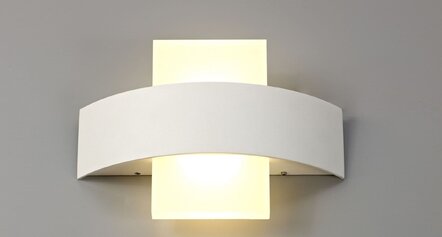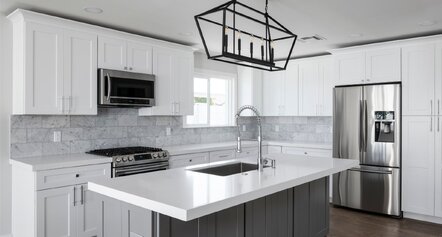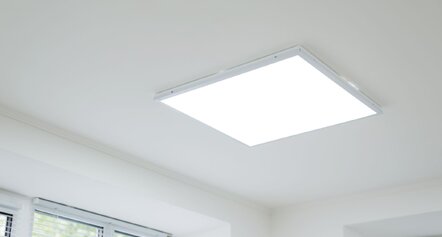When it comes to modern kitchen design, sleek benchtops and handleless cabinetry aren't the only things that steal the spotlight. Lighting plays a massive role in how your kitchen looks, feels, and functions. And if you're aiming for energy efficiency without sacrificing style, LED lighting should be your top pick.
In this guide, we'll explain how to use LED lighting to make your kitchen both stunning and practical.
Why LED Lighting is a Game-Changer
LED lighting has quickly become the standard in modern kitchens, and it's easy to see why. LEDs are longer-lasting, more energy-efficient, and incredibly versatile than traditional incandescent bulbs and halogen bulbs. They emit less heat, reduce your power bills, and offer various colour temperatures to suit any vibe.
Whether you need bright task lighting or a warm glow for dinner parties, LEDs provide full control.
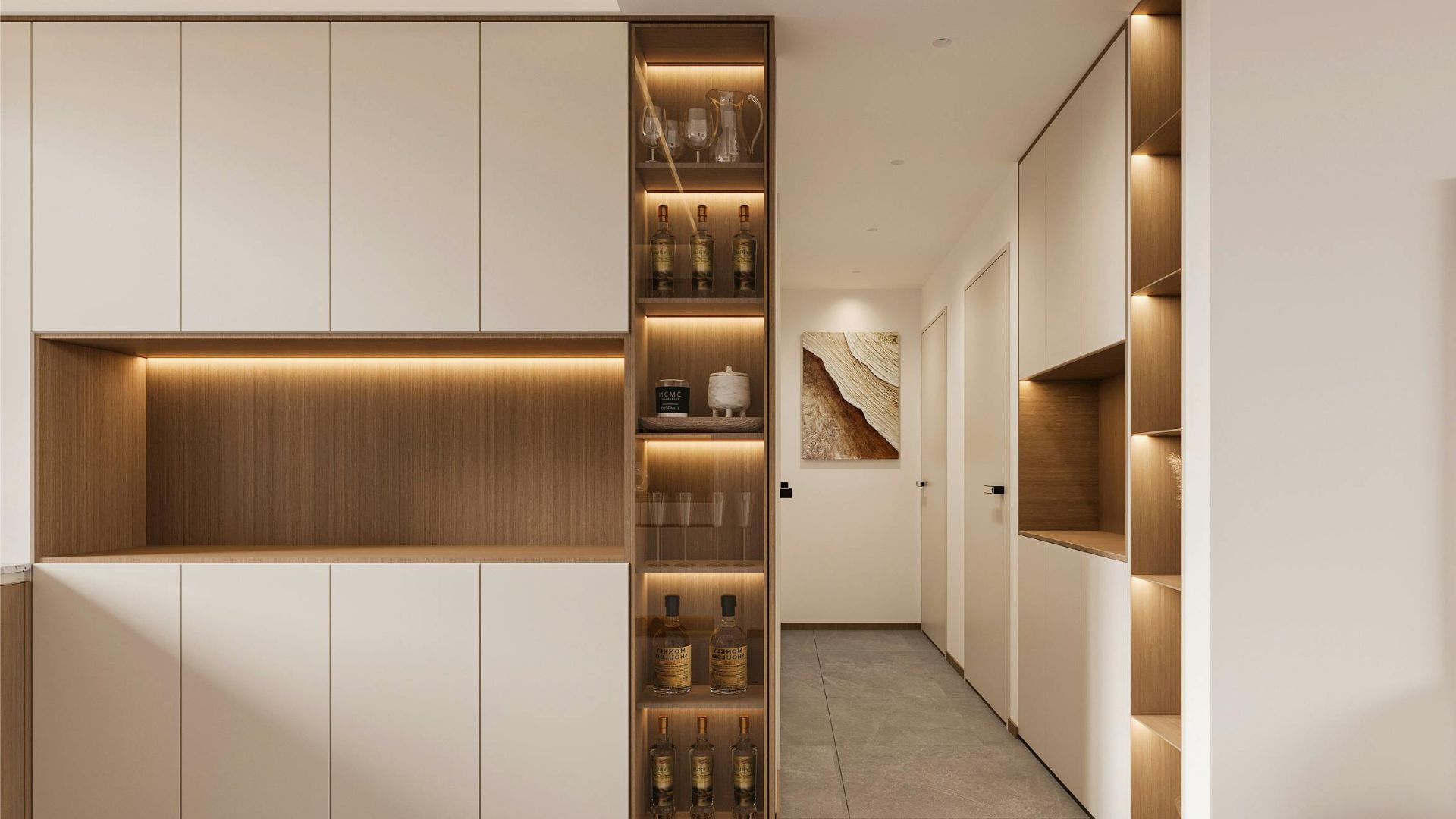
Layer Your Lighting for the Perfect Ambience
A well-lit kitchen isn't just about throwing in a few ceiling lights and calling it a day. Great lighting design hinges on layering three types of lighting: ambient lighting, task lighting, and accent lighting. Each plays a distinct role in achieving a balanced, functional, and visually appealing space.
Ambient Lighting
Ambient lighting is your general, all-over illumination. Recessed lights or ceiling fixtures like flush mounts are excellent for creating this foundational layer. Cool white lighting works best in modern kitchens to keep the space crisp and fresh. Stick to evenly spaced recessed lights to avoid shadowy corners.
Task Lighting
This is where practicality kicks in. Task lighting focuses on work zones like the benchtop, stove, and sink. Under-cabinet lighting, especially LED strip lighting, is brilliant for enhancing visibility in these spots.
It's also perfect for reducing shadows that can make food prep annoying. For extra convenience, consider motion sensor lighting beneath cabinets.
Accent Lighting
Accent lighting adds depth, character, and a splash of visual interest to your kitchen. Use LED strip lights under floating shelves, along kickboards, or behind glass cabinet doors to highlight architectural features and create subtle mood lighting. Think of accent lighting as your kitchen's secret sauce-it transforms a standard space into a showpiece.
Choose the Right LED Fixtures

Not all lighting fixtures are created equal. Different zones in your kitchen benefit from different types of lights:
- Recessed lights: Ideal for ambient lighting; clean and minimalistic
- LED strip lights: Versatile and slim, perfect for under-cabinet lighting and plinths
- Pendant lights: Hang them over the kitchen island or dining table for a statement lighting piece
- Track lighting: Great for directing focused light where it's needed
- Sleek pendant or bold pendant lights: Excellent for creating a focal point and adding style
Each fixture serves a unique purpose, so mix and match based on your kitchen layout and lighting needs. But don't overdo it-balance is everything.
LED Placement Tips for a Functional Kitchen
It's not just what you install, but where you install it. Strategic placement makes a big difference:
- Space the recessed lights evenly to avoid dark patches
- Mount LED strips toward the front of the cabinets to enhance visibility on the benchtop
- Avoid placing lights directly behind where you stand-this just casts shadows where you need light most
- Use dimmer switches or smart lighting controls to adjust lighting levels depending on the time of day or activity
Match Your Style with the Right Light
Your kitchen's lighting should complement its overall style, not clash with it. Here's how to pair lighting with popular kitchen design themes:
- Minimalist or Contemporary: Stick with recessed LED lighting and cool white tones for a streamlined look
- Coastal or Hamptons: Choose warm white pendant lights and soft light strips to create a relaxed, welcoming vibe
- Industrial or Urban: Go bold with black or metallic fixtures, dimmable smart lighting, and exposed bulbs for a modern edge
Avoid These Common Lighting Mistakes
It's easy to get lighting wrong, making even the most expensive kitchen look off. Watch out for these:
Mixing colour temperatures
Stick to either warm white or cool white-don't blend them
Under-lighting functional spaces
Task lighting is a must, especially under overhead cabinetry
Over-lighting
Too many bright LEDs can make your kitchen feel like a lab, not a home
What Is the Best LED Light Setting for a Kitchen?
The best setting depends on your layout and usage, but a good rule of thumb is layering: combine ambient lighting with targeted task lighting and subtle accent lighting. Use dimmable fixtures so you can tweak brightness throughout the day.
Aim for a consistent colour temperature-generally 4000K for cool white or 3000K for warm white light.
What's the Latest Trend in Kitchen Lighting?
Smart lighting is dominating modern kitchen lighting trends. From voice-controlled systems to motion sensor activation, today's kitchens are all about adaptability and energy efficiency. Sleek pendant lights over kitchen islands and LED strip lighting under benches are also hot right now.
What's the Rule of Thumb for Kitchen Lighting?
Use the "layered lighting" approach. That means ambient lighting to brighten the whole space, task lighting for specific jobs, and accent lighting to highlight architectural features or add mood. Don't forget natural light, either-it works beautifully with artificial lighting for a truly well-lit kitchen.
Where Should You Place LED Lights in a Kitchen?
- Above benchtops: Use LED strips or recessed lights for prep areas
- Under cabinets: Essential for task lighting
- In kickboards or under open shelving: Ideal for accent lighting
- Over islands: Pendant lights make for stylish, functional focal points
Additional Lighting Tips for Modern Kitchens
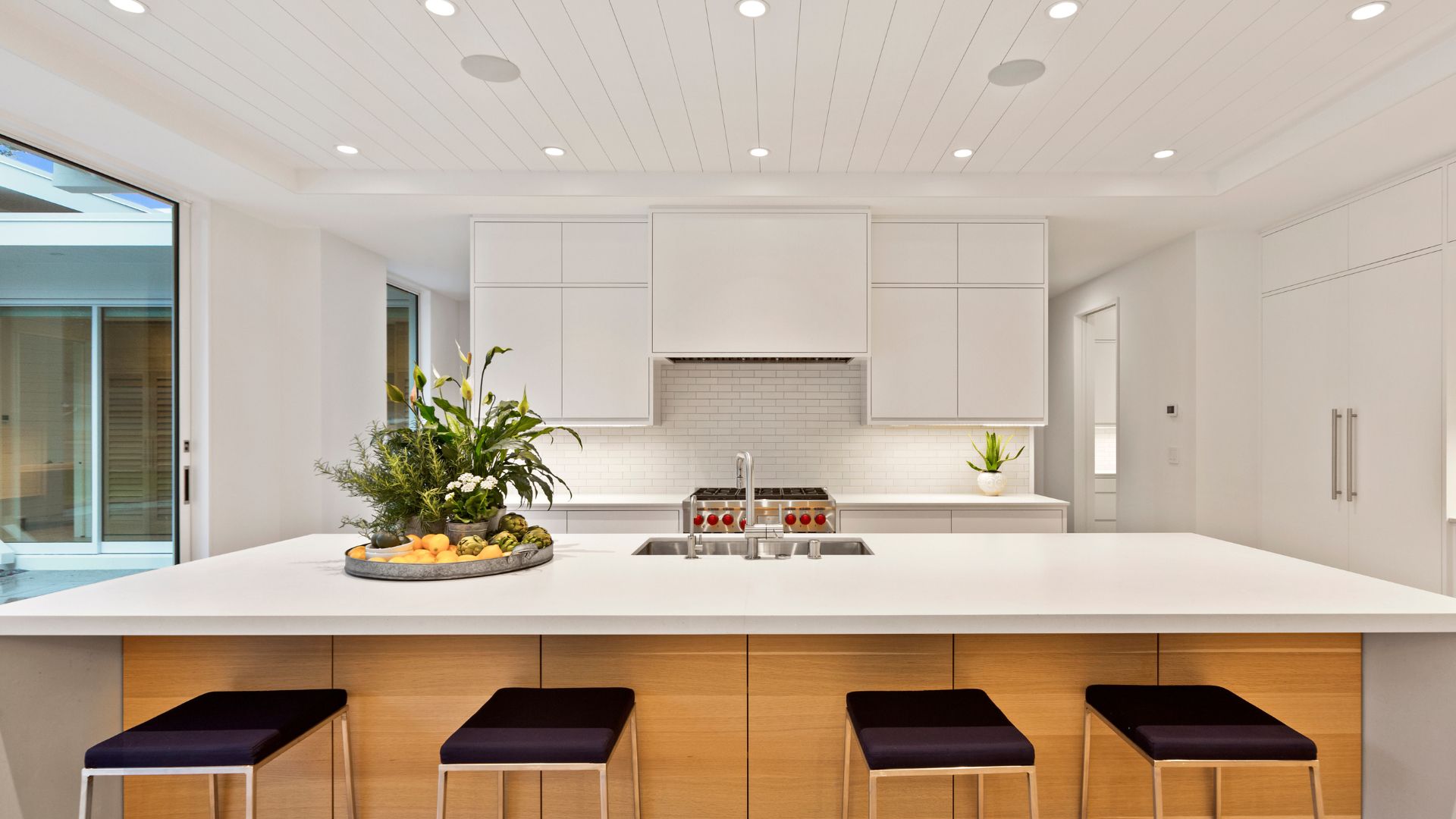
- Think about visual appeal: Choose lighting options that double as décor
- Highlight architectural features: Use accent lighting to draw attention to textured splashbacks or stone benchtops
- Balance energy efficiency with style: Modern LED fixtures offer both
- Factor in natural light: It reduces reliance on artificial lighting and improves ambience
Lighting Matters, Let Us Help You Get It Right!
Lighting isn't just an afterthought-it's a design tool. When done right, it enhances functionality, boosts visual interest, and makes your entire kitchen feel more welcoming. There's a solution for every kitchen renovation, from LED strip lighting to recessed lights, layered lighting plans to smart lighting systems.
So if you're ready to upgrade your modern kitchen lighting, get in touch with Watt Edge Electrical on the Sunshine Coast. We bring professional know-how, creative lighting solutions, and an eye for detail to every project. Whether you're installing a sleek pendant over the dining table or revamping your entire lighting layout, we've got your back.
Call now or request a free quote to bring your kitchen lighting vision to life.


